Deck & Commander Strategies

Lumra, Bellow of the Woods
The Lumra deck seems to be a ramp strategy, focused on milling and getting a bunch of lands from the graveyard onto the battlefield to power big spells or creatures.

Altaïr Ibn-La'Ahad
Altaïr's deck is built around building the Brotherhood and recurring value throughout the game, possibly suggesting a strategy focused on creating a board presence with creatures and leveraging enter the battlefield effects.
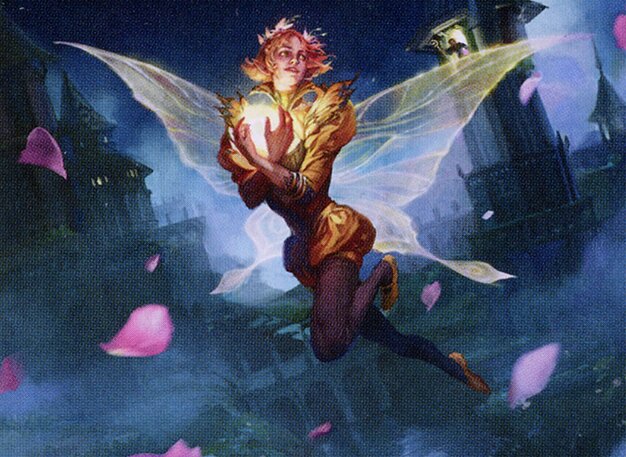
Ivy, Gleeful Spellthief
The Ivy deck is centered around 'weird Ivy stuff,' which suggests a control or trickery-oriented gameplay with an emphasis on stealing opponents' spells or resources.
Gameplay Insights
- 1
Casting Finale of Devastation for 12 early in the game is a bold move that can potentially bring a powerful creature onto the battlefield, possibly altering the game's tempo or even serving as a win condition.
- 2
The use of Realms Uncharted to fetch multiple lands shows a clear focus on ramping and mana availability, which is a key strategy in Commander gameplay.
- 3
The inclusion of Throne of Eldraine in the deck and its use for mana ramping shows an innovative approach to resource management.
Notable Cards
-
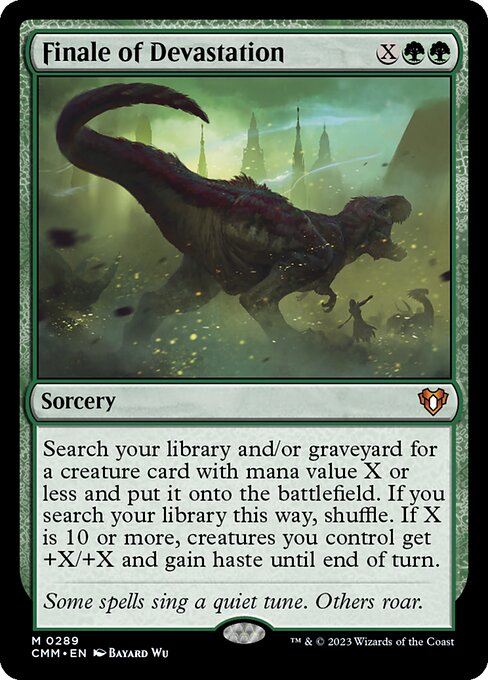
Finale of Devastation
-
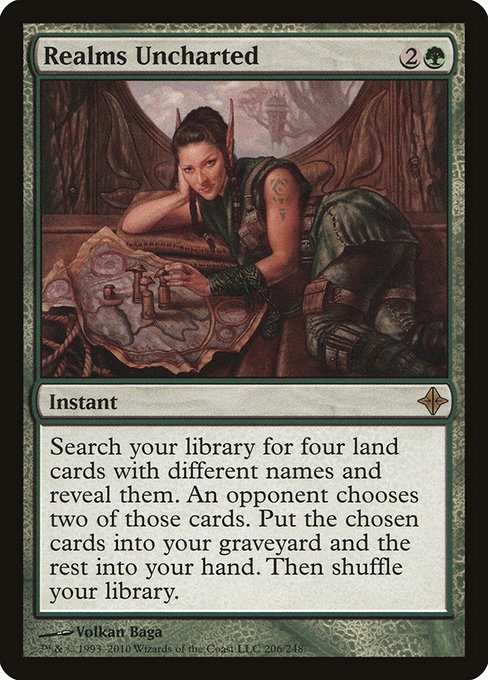
Realms Uncharted
-
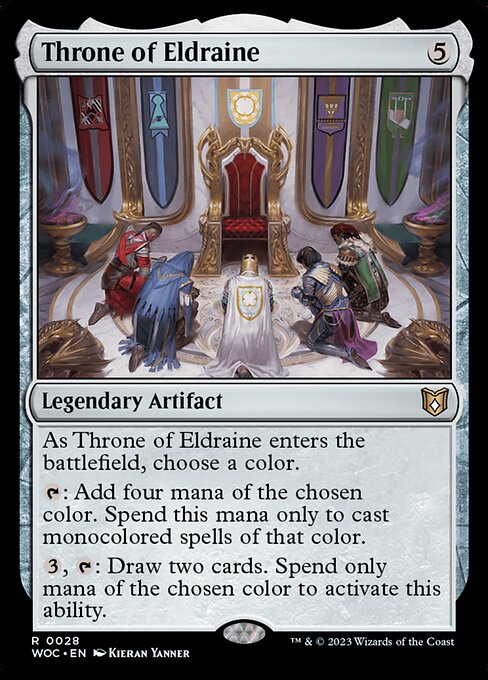
Throne of Eldraine
Gameplay Summary
The game started off with each player setting up their board states and ramping their mana.
Notably, Finale of Devastation was cast for 12, indicating a potential game-changing play.
However, the specific creature searched for isn't clear from the transcript.
As the game progressed, players continued to build up their resources and strategize.
In the mid-game, there was an instance of Realms Uncharted being used to fetch multiple lands, providing a substantial advantage in mana availability.
Unfortunately, the final turns and endgame scenario aren't clear from the transcript.


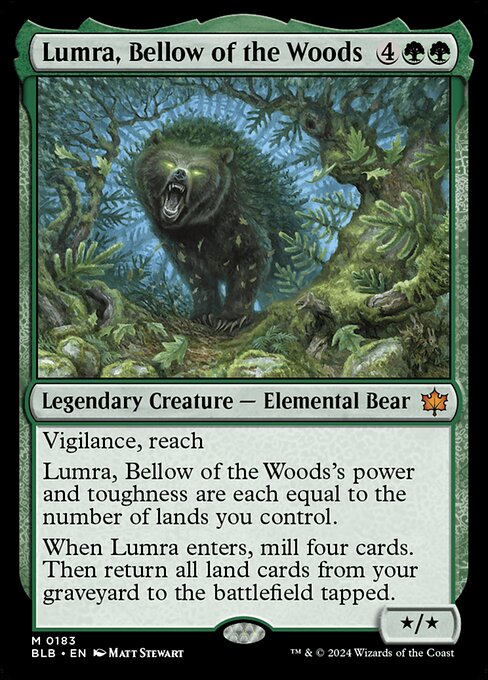
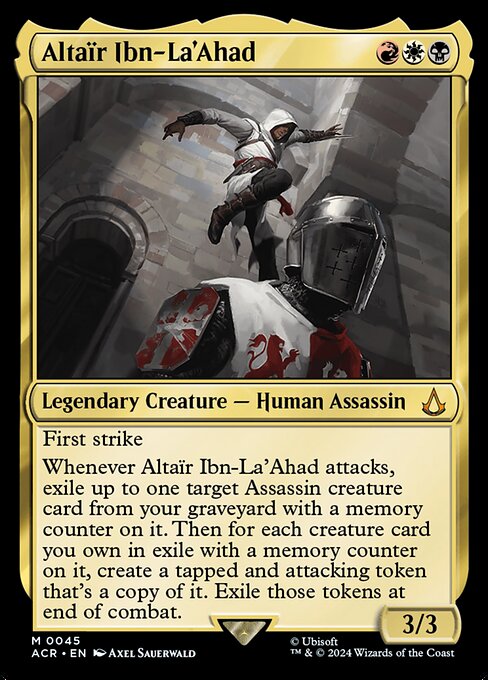






















![Balmor Aggro vs. Ivy & Wilson Tempo [Duel Commander-EDH] - Magic: The Gathering thumbnail](https://i.ytimg.com/vi/KH_71KLZDME/sddefault.jpg)
![Ivy vs Tor Wauki vs The Red Terror vs Severina [EDH/Commander, Magic The Gathering Gameplay 2022] thumbnail](https://i.ytimg.com/vi/icOuNw_KCn0/sddefault.jpg)
![Lucea Kane vs Ivy vs Optimus Prime vs Tivit [EDH/Commander, Magic The Gathering Gameplay 2022] thumbnail](https://i.ytimg.com/vi/o2ZpW-_uXP0/sddefault.jpg)










